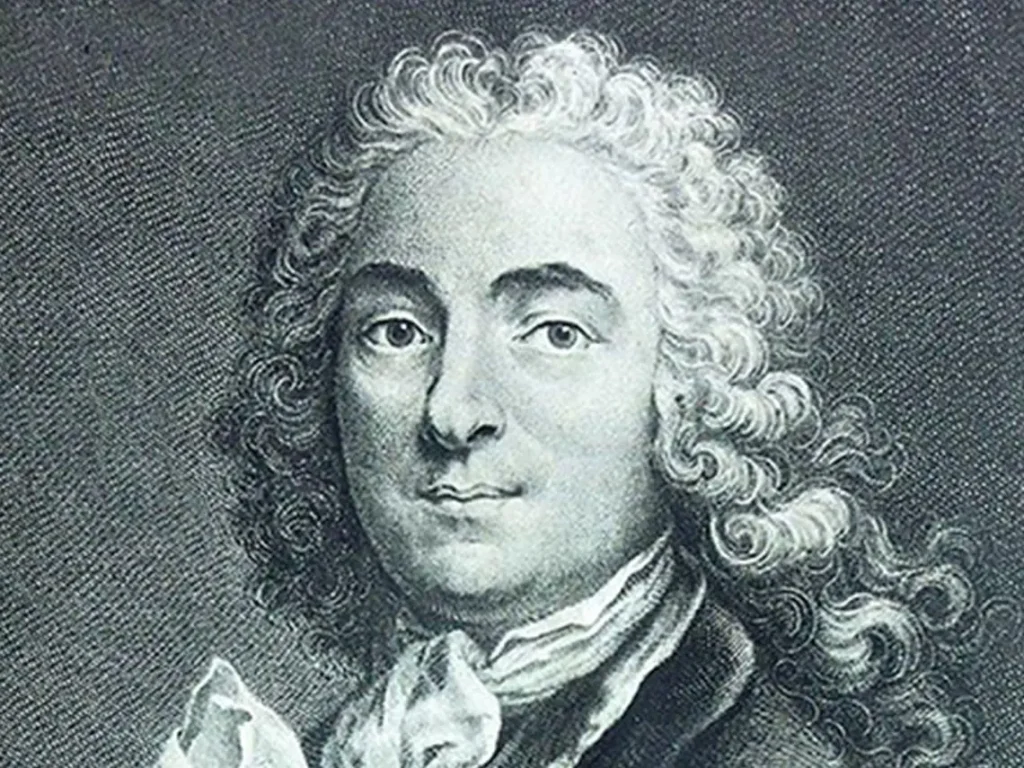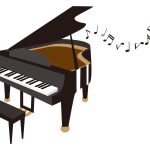
Pachelbel – Canon in D
Johann Pachelbel’s Canon in D is one of the most beloved and recognizable works in classical music.
Though originally composed in the late 17th century, it has transcended its era to become a timeless piece used in weddings, films, commercials, and school ceremonies around the world.
Its beauty lies not only in its famous melody, but in the musical structure and emotional universality that continue to resonate across cultures and generations.
Who Was Johann Pachelbel?
Johann Pachelbel (1653–1706) was a German Baroque composer and organist, well-regarded in his day for his sacred and instrumental works.
He was closely connected to the Bach family and is believed to have influenced the young Johann Sebastian Bach through his friendship with Bach’s father, Johann Ambrosius.
While Pachelbel wrote many compositions, Canon in D remains his only globally recognized piece today.
Surprisingly, it only gained widespread popularity in the second half of the 20th century—thanks to the rise of recorded music and media exposure.
Musical Structure and Style
Originally composed for three violins and continuo (bass), Canon in D is built on two interwoven forms: canon and ground bass.
- The bass line follows an eight-chord progression in D major, repeated continuously throughout the piece.
- The upper voices enter successively, imitating the melody at fixed intervals, creating a cascading, layered texture.
Over time, the repeating harmony serves as a canvas on which increasingly elaborate variations unfold, gradually expanding in volume and complexity.
This steady buildup gives the piece a gentle momentum, making it both calming and emotionally moving.
Why Is It So Universally Loved?
The enduring appeal of Canon in D lies in its perfect blend of simplicity and sophistication.
- In weddings, it symbolizes purity and timeless love.
- In films, it often underscores moments of reflection or emotional resolution.
- In education, it introduces students to contrapuntal technique and variation form.
Moreover, it adapts beautifully to any instrumentation—piano, strings, guitar, orchestra, even modern pop arrangements—without losing its essential character.
Its harmonic pattern is so iconic that it has been directly or indirectly referenced in countless songs across genres, from classical to rock to hip-hop.
Conclusion
Pachelbel’s Canon in D is a masterpiece that grows from modest material into something profoundly moving.
Its soothing repetition, graceful melody, and architectural clarity demonstrate the power of music to transcend time and language.
More than three centuries after its creation, it continues to comfort, inspire, and accompany some of life’s most meaningful moments.
Whether heard at a wedding, in a film, or in quiet solitude, Canon in D remains a gentle and eternal presence in the world of music.
More than 100 million songs in CD quality. 7 million in better-than-CD sound.
🎧 Start your free trial with Amazon Music Unlimited now!

